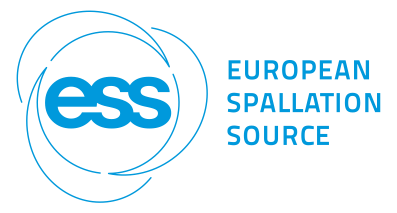Speaker
Prof.
Kell Mortensen
(Niels Bohr Institute, University of Copenhagen)
Description
Determination of the crystalline structure of many soft-matter materials is often limited by a correlation-length that is relative short compared to the size of the unit cell and a molecular form factor that significantly reduces the scattering intensity at larger scattering angles. The crystallographic studies are therefore often limited to only few orders of relative broad Bragg-reflections. To make such crystallographic study more unique, it is desirable to transform the samples with random orientations of crystal-domains into a mono-domain crystal. In soft matter materials, this can often be done successfully by exposing the system to a high electric, magnetic or shear-field. We have in particular studied the effect of shear to soft matter systems, and will review some of our results.
The texture of ordered phases of soft matter melts, gels or emulsions is usually highly sensitive to shear. In the body-centered-cubic phase of a block copolymer system, for example, a given textures can be controlled to very high degree with the application of a specific shear rate and amplitude. The low-amplitude shear texture is dominated by {001} planes perpendicular to the shear gradient and by the [110] axis parallel to the flow direction, that is, the {001}/[110] slip system. Detailed crystallographic studies show that both intermediate-amplitude oscillatory shear and large-amplitude oscillatory shear lead to twin structures with {112} planes sharing neighboring twins and [111] axes parallel to the shear flow. At an intermediate shear amplitude, the ve shear plane, defined by the shear flow direction (v) and shear vorticity direction (e), is parallel to the {112} twin planes. At a high shear amplitude, the orientation is rotated 90°, and this makes the ve shear plane parallel to the {110} crystallographic planes. The crystalline slip system is accordingly ({112}/[111]+{(112}/[111]) under intermediate-amplitude shear and ({110}/[111]+{110}/[111]) under large-amplitude shear. In other systems, like the bi-continuous gyroid phase, similar low degree of texture has not been obtained, however, by shear-aligning the system in the neighboring hexagonal rod-phase, the three-dimensional powder can be reduced to a two-dimensional system with unique characterization.
Author
Prof.
Kell Mortensen
(Niels Bohr Institute, University of Copenhagen)
